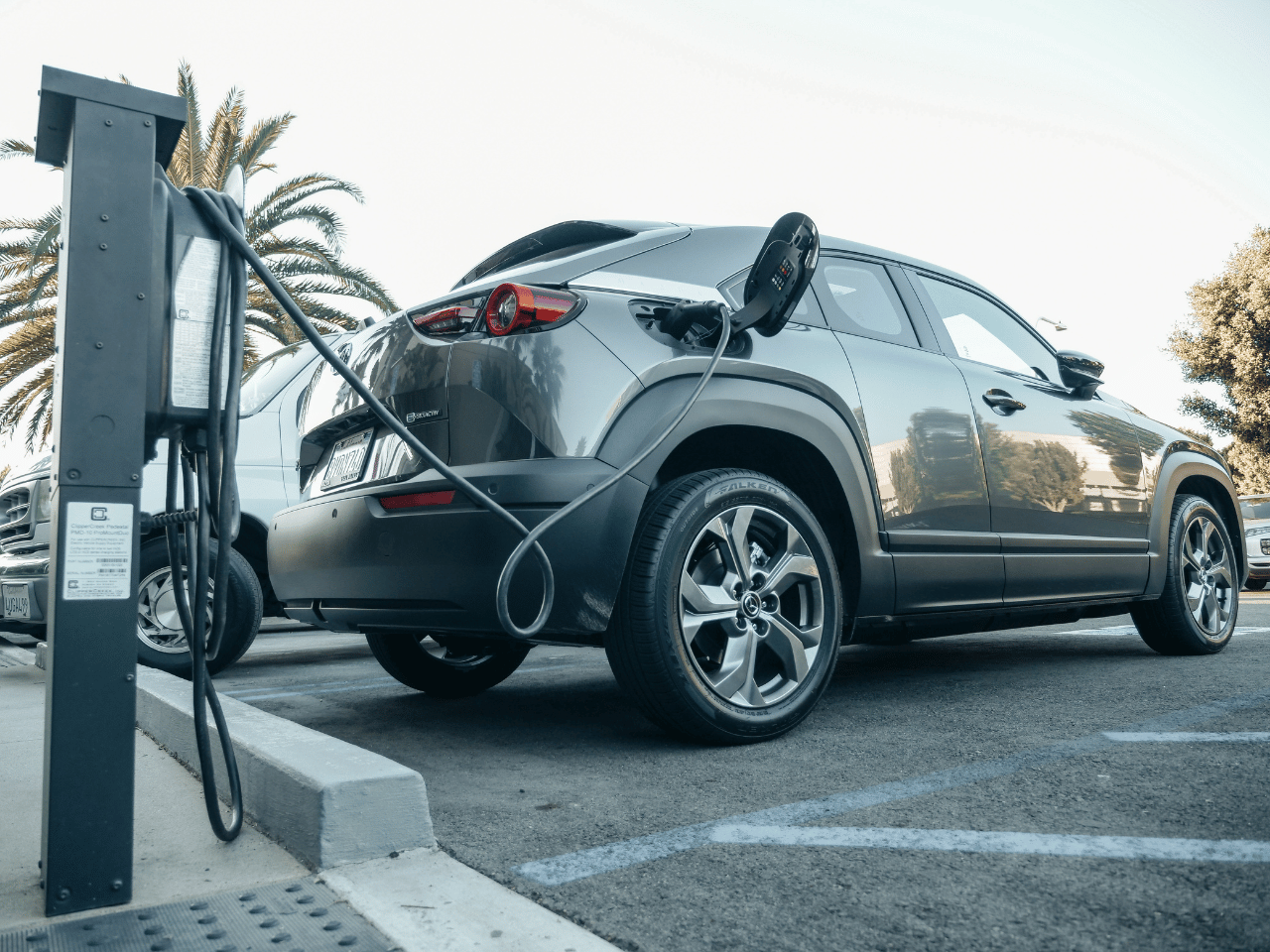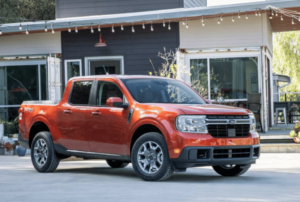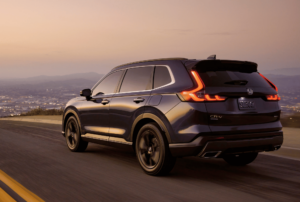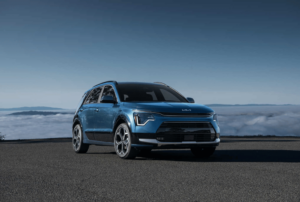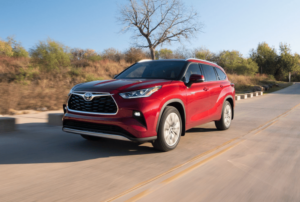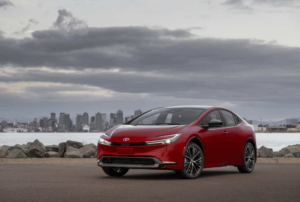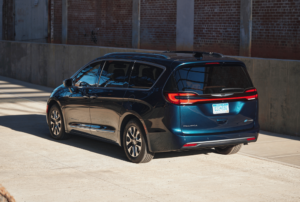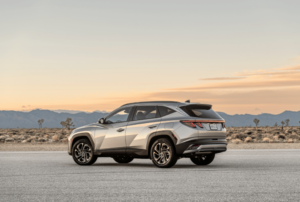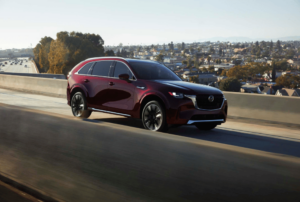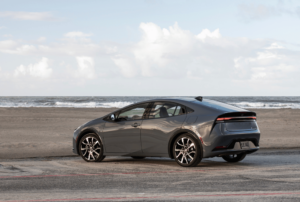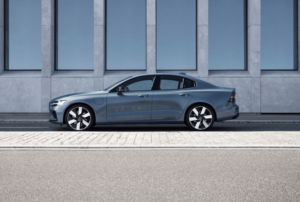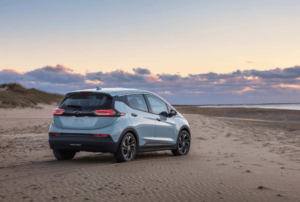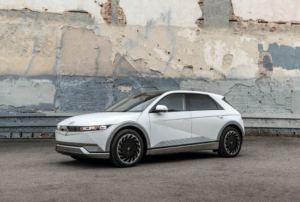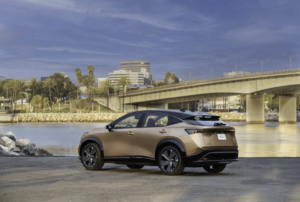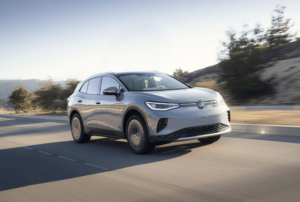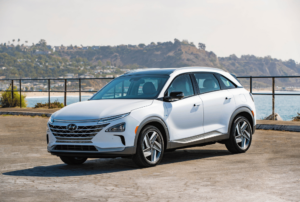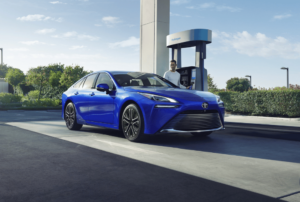Automakers are working hard to build more hybrid, plug-in and electric vehicles in all shapes and sizes.
With tougher emissions and fuel economy regulations, automakers are working hard to build more hybrid, plug-in and electric vehicles in all shapes and sizes.
Here’s our guide to understanding some of the most popular alternative fuel technologies, and some of the popular vehicles worth considering.
Hybrid Vehicles
A hybrid vehicle has both a traditional gas engine and an electric motor, or multiple electric motors. It uses the combination of gas and electric power to boost efficiency and performance. Depending on the vehicle, the electric motor(s) can sometimes take over entirely for short distances, but typically they are used mainly to boost the power and MPGs of the gas engine.
Available hybrids include the Toyota Prius, Kia Niro, Honda CR-V, Ford Maverick, Toyota Highlander Hybrid and many more.
Plug-in Hybrid Electric Vehicles (PHEVs)
A plug-in hybrid electric vehicle is a true middleground between hybrids and electric vehicles. As their name suggests, these vehicles need to be plugged into a 120-volt or 240-volt power outlet for recharging.
Plug-ins run in hybrid mode most of the time, but also offer the unique option of running in electric-only mode, allowing you to drive short distances emissions-free. Depending on the PHEV you select, you can drive more than 40 miles on electric driving alone, more than enough for your daily commute.
Available vehicles include the Toyota Prius Prime, Hyundai Tucson PHEV, Volvo S60 Recharge, Mazda CX-90 PHEV, Chrysler Pacifica, and many more.
Battery Electric Vehicles (BEVs or EVs)
Battery electric vehicles run 100% on electricity, and must also be charged at a 120-volt or 240-volt power outlet. A fully electric vehicle lets you say goodbye to the pump forever. EVs have strong acceleration, zero emissions, and are quiet since there’s no engine.
Available electric vehicles include the Nissan Ariya, Hyundai IONIQ 5, Volkswagen ID.4, BMW i4, Chevrolet Bolt EV, Tesla Model 3, and more.
Fuel-Cell Electric Vehicles (FCEVs)
These vehicles are powered by fuel cells that combine hydrogen and oxygen to create electricity. The hydrogen is pumped just like gasoline and takes just a few minutes to refill, and the only emissions are water. Currently, FCEVs are only available in California.
Available FCEVs include the Toyota Mirai and Hyundai NEXO.
Federal tax credits ranging up to $7,500 are available. If you lease, the leasing company typically takes the tax credit and passes the savings on to you by lowering your monthly lease payment. Some states also offer additional rebates. Check out www.truecar.com/electric for more details on incentives near you.

